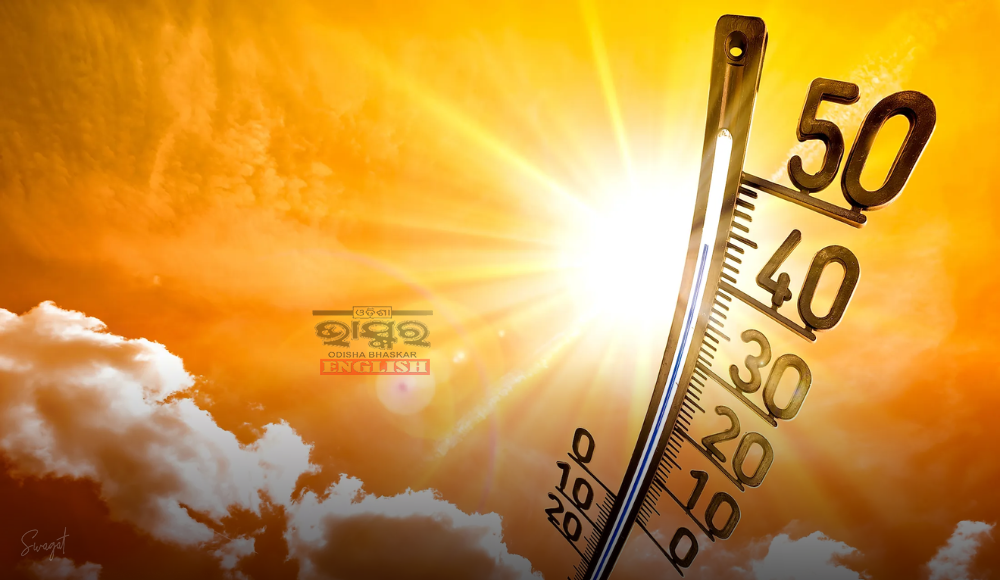Bhubaneswar: Odisha is sweltering under a prolonged heatwave, marking the lengthiest spell in nearly a decade, informed Bhubaneswar Meteorological Centre director, Manorama Mohanty.
Unfortunately, relief from the scorching temperatures seems distant this month.
According to the India Meteorological Department (IMD), above-normal maximum temperatures are expected across most parts of the country in May, excluding northeast India, some areas of northwest and central India, and parts of northeast peninsular India. Similarly, above-normal minimum temperatures are anticipated for most regions except for specific areas of northwest India, the Indo-Gangetic plains, central India, and most of northeast India.
Interior Odisha is forecasted to experience a higher number of heatwave days, along with several other regions including parts of Rajasthan, east Madhya Pradesh, Punjab, Haryana, Chandigarh, Delhi, Uttar Pradesh, certain parts of Chhattisgarh, Gangetic West Bengal, Jharkhand, Bihar, north interior Karnataka, Telangana, and isolated areas of north Tamil Nadu and Andhra Pradesh. However, the outlook for rainfall in May indicates normal averages for the country, ranging from 91-109% of the long period average (LPA).
While northwest India and some parts of central, peninsular, and northeast India are likely to experience normal to above-normal rainfall, other regions may witness below-normal precipitation. Specifically, Odisha’s rainfall forecast suggests below-normal conditions in several parts, with some areas expected to receive normal rainfall. The presence of El Niño conditions in the equatorial Pacific region is notable, although recent forecasts indicate a shift towards neutral conditions at the onset of the monsoon season.
Furthermore, the Indian Ocean’s neutral Indian Ocean Dipole (IOD) conditions are currently prevailing, but climate models suggest a likelihood of positive IOD conditions during the monsoon season. These factors collectively influence India’s climate patterns, highlighting the complexity of weather forecasting and its impact on various regions.




Comments are closed.